Electric bikes are not just a trend—they’re a practical solution for today’s urban life. I’ve watched how the brand DYU D3F 14‑inch Mini Folding Electric Bike (and the broader company behind it) turned a simple campus idea into a global brand. In this article, I’ll help you understand how to evaluate an e‑bike, how the DYU story fits into this, and most importantly how to choose an e‑bike that actually works in everyday life.
1. How DYU Started as a Campus Idea
I’ve always found stories of young innovators inspiring. The brand DYU began with a vision: to make urban commuting easier, lighter, compact. Instead of building a heavy mountain‑eMTB, they asked: what if a bike could fold, be carried up a flat’s stairs, or hop onto a train? That shift from “large‑bike ambition” to “real‑city solution” is exactly what many first‑time e‑bike buyers should look for. It means thinking: Where will I ride? Where will I store it? How will it fit my real life?
By focusing on everyday problems rather than “extreme biking”, they built a product line that resonates with city riders, students, apartment dwellers. If you are in a small flat, live in a dense city or use public transport, that mindset matters.
2. The Vision Behind DYU’s E‑Bikes
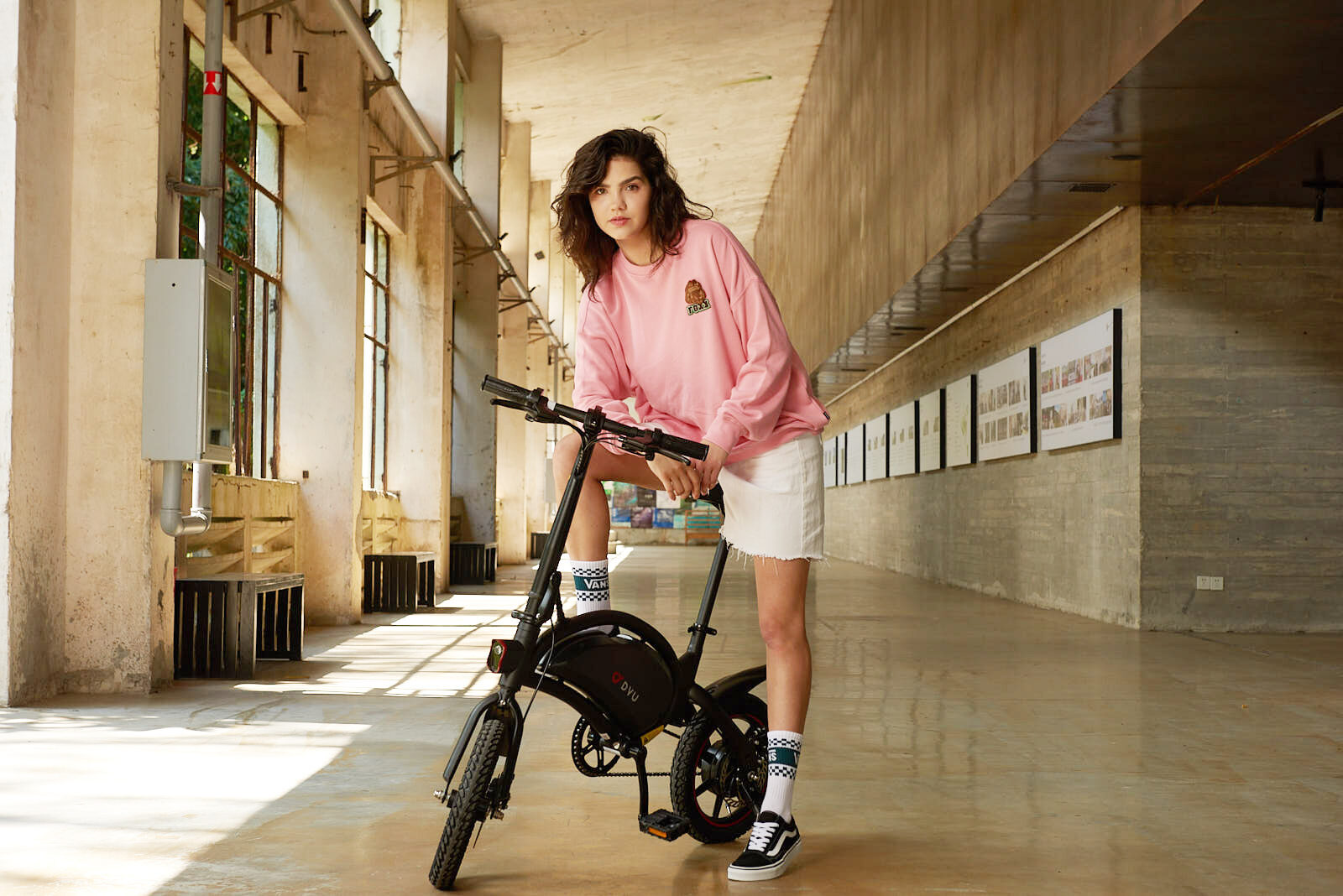
What does DYU aim to solve? In essence: compact storage, light weight, urban practicality. Consider the following key factors when evaluating any e‑bike (and this applies directly to DYU’s ethos):
- Storage & weight: Lighter bikes are easier to carry indoors, up stairs, keep in flats. Heavier bikes might be fine for garages—but less practical in small spaces.
- Range & battery: For city use you often don’t need 100 km+ range—but you do need enough to comfortably get through your commute, errands, maybe a mid‑week ride. DYU’s folding models target that sweet spot (often ~45‑60 km) rather than ultra‑long distances.
- Wheel size & ride feel: Smaller wheels (like 14″) allow a more compact frame and foldable design—but can mean a firmer ride on uneven surfaces. That trade‑off is part of DYU’s design.
- Component quality: Brakes, motor, battery sensor—all matter. When one moves beyond “just motor/battery”, things like customer service, spare parts, local repair access become important.
So the vision is: “make a bike that sits where people live, fits how people commute, and isn’t intimidating.” That fits nicely with urban European readers I often write for.
3. A Closer Look at the DYU D3F Mini Folding E‑Bike
Let’s dig into one specific model: the DYU D3F. Its features illustrate exactly how the vision above plays out in a real product.
Key‑Specs Table
| Feature | Specification (approximate) |
|---|---|
| Motor | 250 W nominal (hub motor) |
| Battery | 36 V 10 Ah lithium‑ion (~360 Wh) |
| Maximum speed | 25 km/h (UK / EU commuter legal limit) |
| Range (claimed) | Up to 50‑60 km depending on conditions |
| Weight (net) | 17 kg |
| Folded size | 1170 × 200 × 720 mm (compact) |
| Load capacity | 120 kg |
Why this matters in practice
- Flat/stair friendly: At 17 kg, it’s lighter than many full‑sized e‑bikes—so easier to bring into flats, storage rooms, or keep under a desk.
- Foldable design: It folds down to quite compact size, letting you combine train/bus + bike, or store in small corridors.
- Urban‑suitable speed & range: With ~25 km/h speed and ~50 km range, it fits daily commutes and errands without needing “super‑bike” power.
- Trade‑offs worth knowing: The 14″ wheels mean ride comfort on rough pavement may be less smooth than larger wheel bikes. If your route has lots of cobbles or steep hills, you might feel more “bounce”. Also the range will drop if you carry heavy loads, ride up steep hills, or use full throttle.
My verdict
For a city commuter, a student, or anyone living in a small flat in Europe, this bike hits the practical sweet spot. It keeps the complexity manageable, focuses on convenience. If I were recommending one bike for “day‑to‑day city use + public transport + small storage”, the D3F is right there. But if you expect long rides, heavy cargo or off‑road terrain—then you’d look for a different class of e‑bike (see next section).
4. Innovation That Solves Everyday Problems
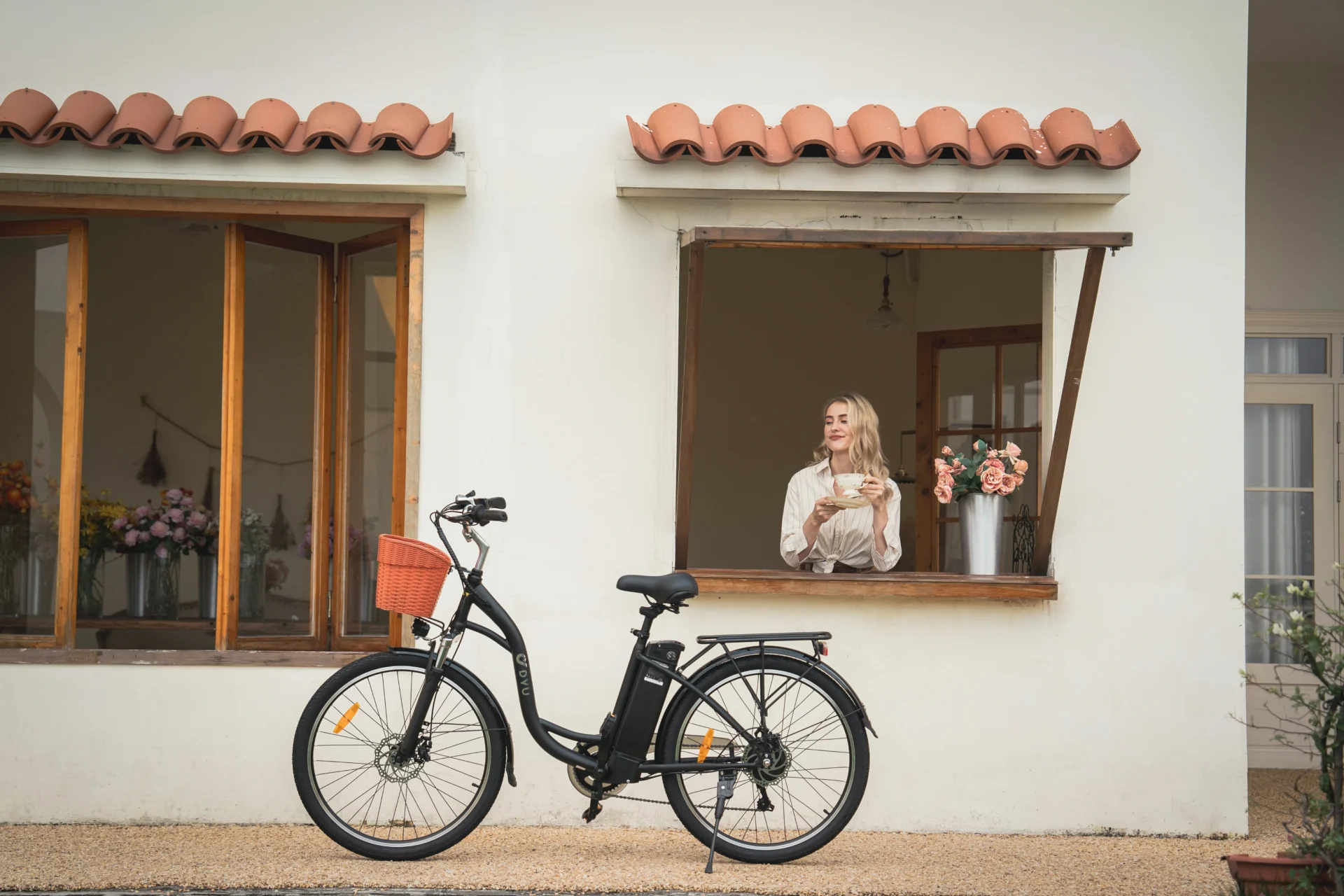
Now, let me share how DYU’s innovation mindset can help you better choose an e‑bike and apply it to your everyday scenarios.
Match your use‑case
Ask yourself:
- “How far do I ride each day?”
- “Am I living in a small flat or storing indoors?”
- “Will I sometimes take the bike on train/tram or lift it up stairs?”
- “Do I face rough roads, cobbles or steep hills?”
Resources like this guide show you the logic: avoid buying the biggest motor or longest range if you won’t use them.
Compare feature trade‑offs
Here’s a short comparison table to help you see how different e‑bike types stack up:
| Bike type | Best for… | Trade‑offs |
|---|---|---|
| Folding/compact (like D3F) | City commuting, storage in flats, multimodal travel | Smaller wheels = firmer ride, fewer features, shorter range |
| Commuter/full sized city | Longer rides, more accessories (racks, lights) | Heavier, takes more storage space, less portable |
| Cargo or mountain e‑bike | Heavy loads, rough terrain, long tours | Expensive, large, not as convenient for indoors small living |
Using that table, I often advise readers: if you live in a small flat and mostly ride to class, work, or shops within 10‑20km, go for a compact model. If you travel further, carry lots of luggage or ride off become terrain, go bigger.
Tips from my experience
- Test ride: Always try the bike under realistic conditions (e.g., with your typical load or route). Many differences (comfort, handling) only show up when you ride.
- Check local parts & service: A foldable bike with uncommon wheel size means tyres/tubes may cost more or be harder to find.
- Storage + charging: Ensure you have safe place to store and charge the battery. Lithium batteries deserve dry, moderate conditions.
- Maintenance mindset: Even the best e‑bike needs some care. Checking brakes, tyre pressure, battery health helps extend lifetime.
5. Lessons for Young Innovators and Urban Riders

Since DYU started with a small team and campus‐idea, there’s a dual lesson: for riders and for young people curious about innovation.
For urban riders (like you)
- Think about how you will ride: route, storage, load, public transport.
- Prioritise features that solve your real problems over “more” specs.
- Value usability: a bike you will actually use daily beats a bike you never ride because it’s too heavy, too large, too complicated.
- Budget for real costs: motor/battery is important, but so is training yourself to maintain it, buy correct parts, keep the ride safe.
For aspiring innovators
- Start small: The DYU story shows you don’t need a massive budget to identify a niche (folding electric bike for city dwellers) and build a solution around it.
- Focus on the user: They asked “what does the city‑dweller want?” and designed accordingly. That user‑focus is gold.
- Innovate on convenience, not just on “more power”: Simpler, lighter, foldable—many people cared more about storage and ease than top‑speed.
- Build a feedback loop: Riders in flats, on public transport, small spaces gave input. That kind of real‑world testing matters.
Final Thoughts & Call‑to‑Action
The journey of the brand DYU from campus idea to global e‑bike brand is an excellent reminder: success comes not just from “bigger motor, longer range” but from asking what real users need today. If you live in a small flat, commute in the city, need something compact yet capable—you’re well placed to benefit.
If you’re considering an e‑bike, take a moment today to write down your daily riding scenario: how far, how often, how will you store it, will you carry it, what terrain? Then use a checklist (see section 4) to evaluate models. And if you want a practical, storage‑friendly option for city living, consider the DYU D3F as a real contender.
Now your action step: Pick one e‑bike model (maybe the one you’re already interested in). Go to a local dealer or try to test‑ride it. Compare specs, ride feel, storage fit. If it passes your real‑life test and matches your daily needs, then decide. If not—go back to the table and identify what feature mattered most (foldable, weight, wheel size, range, comfort) and adjust accordingly.
Ride smart, choose wisely—and enjoy the freedom of an e‑bike that fits your life, not the other way around.



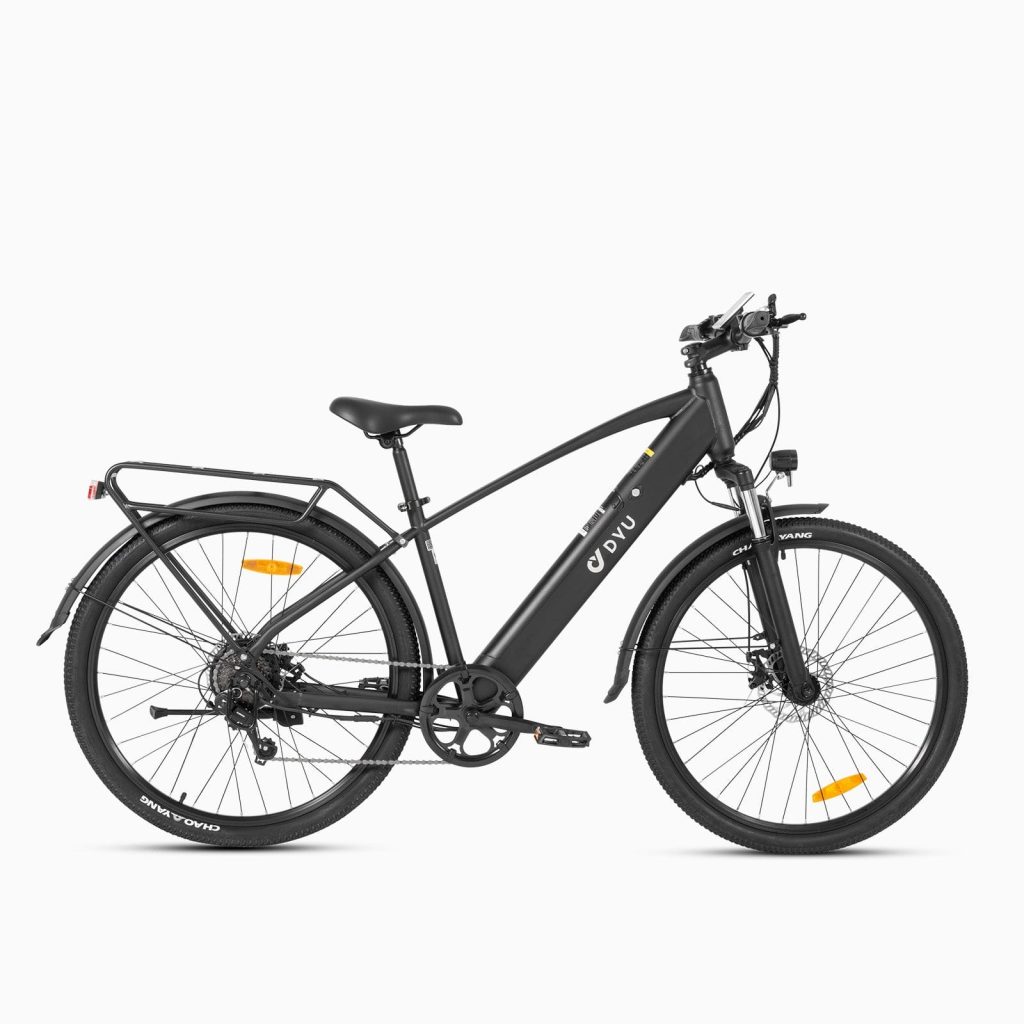
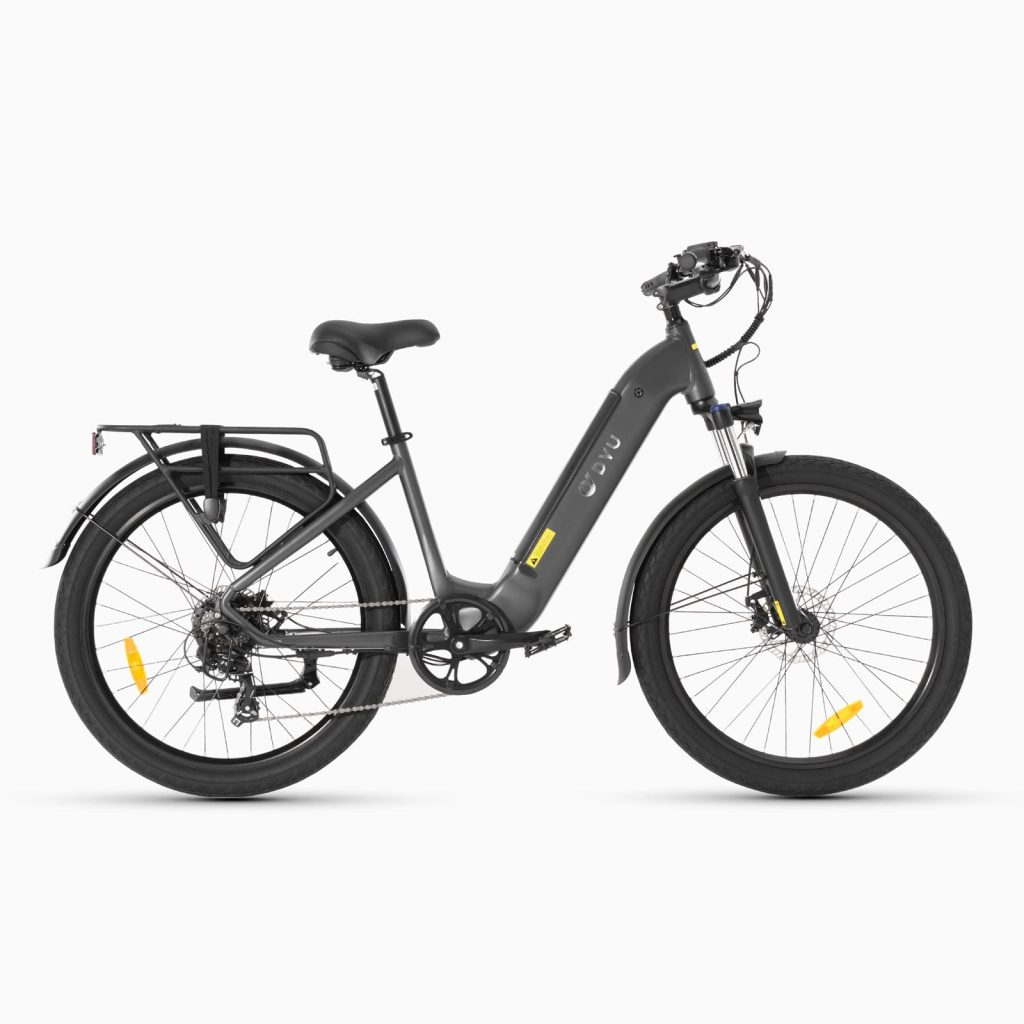

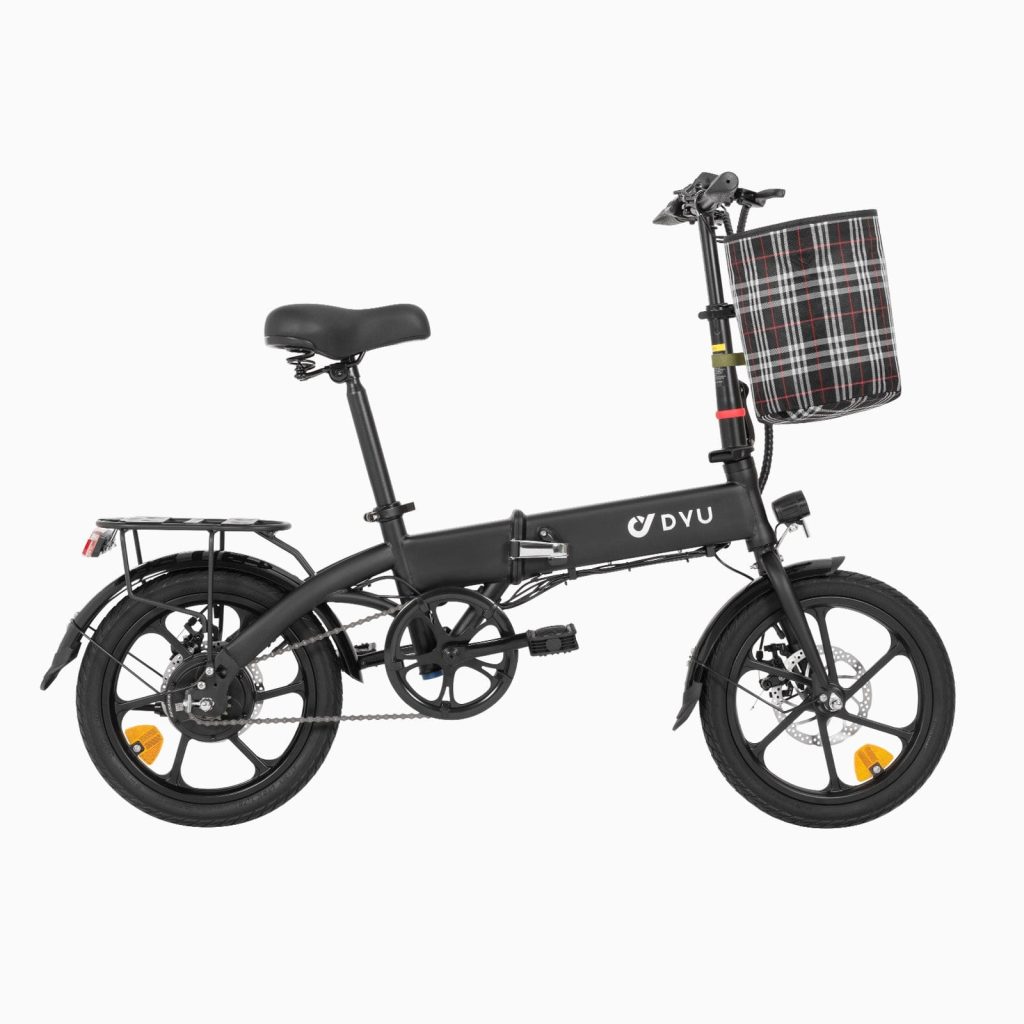
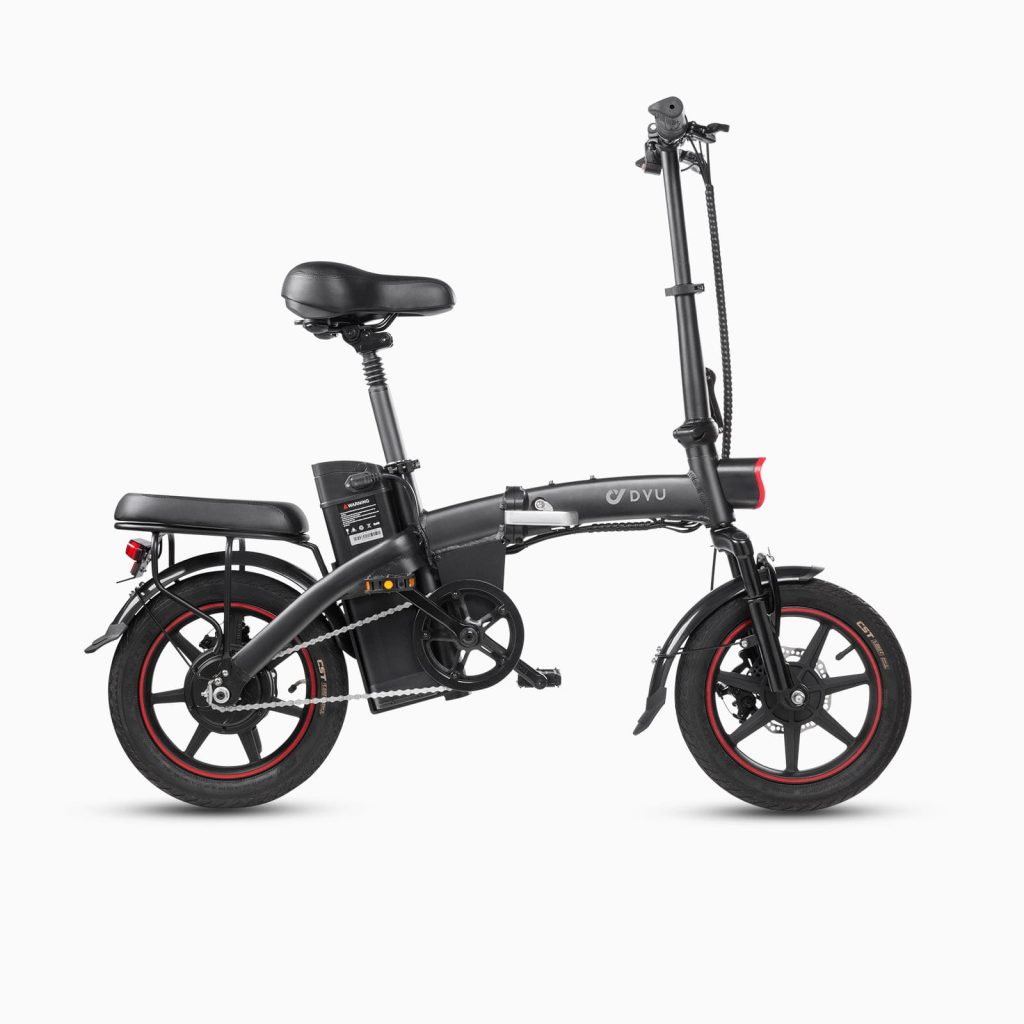

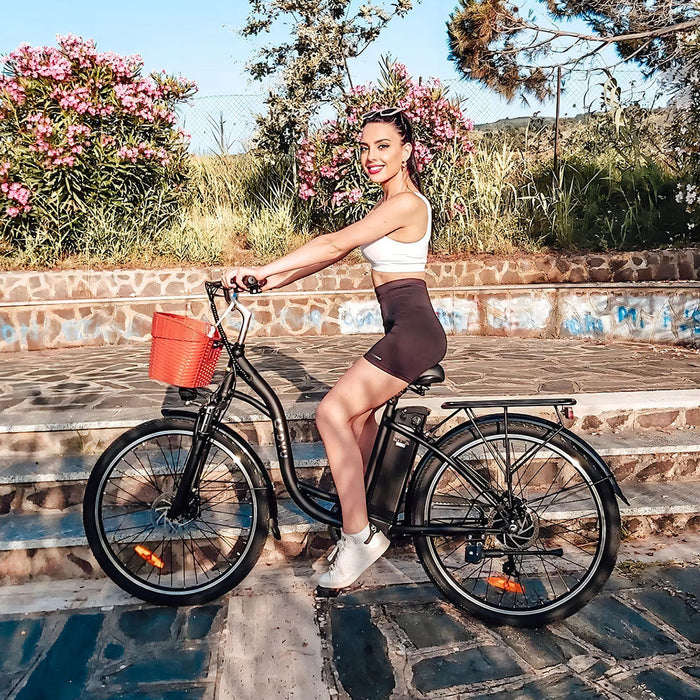

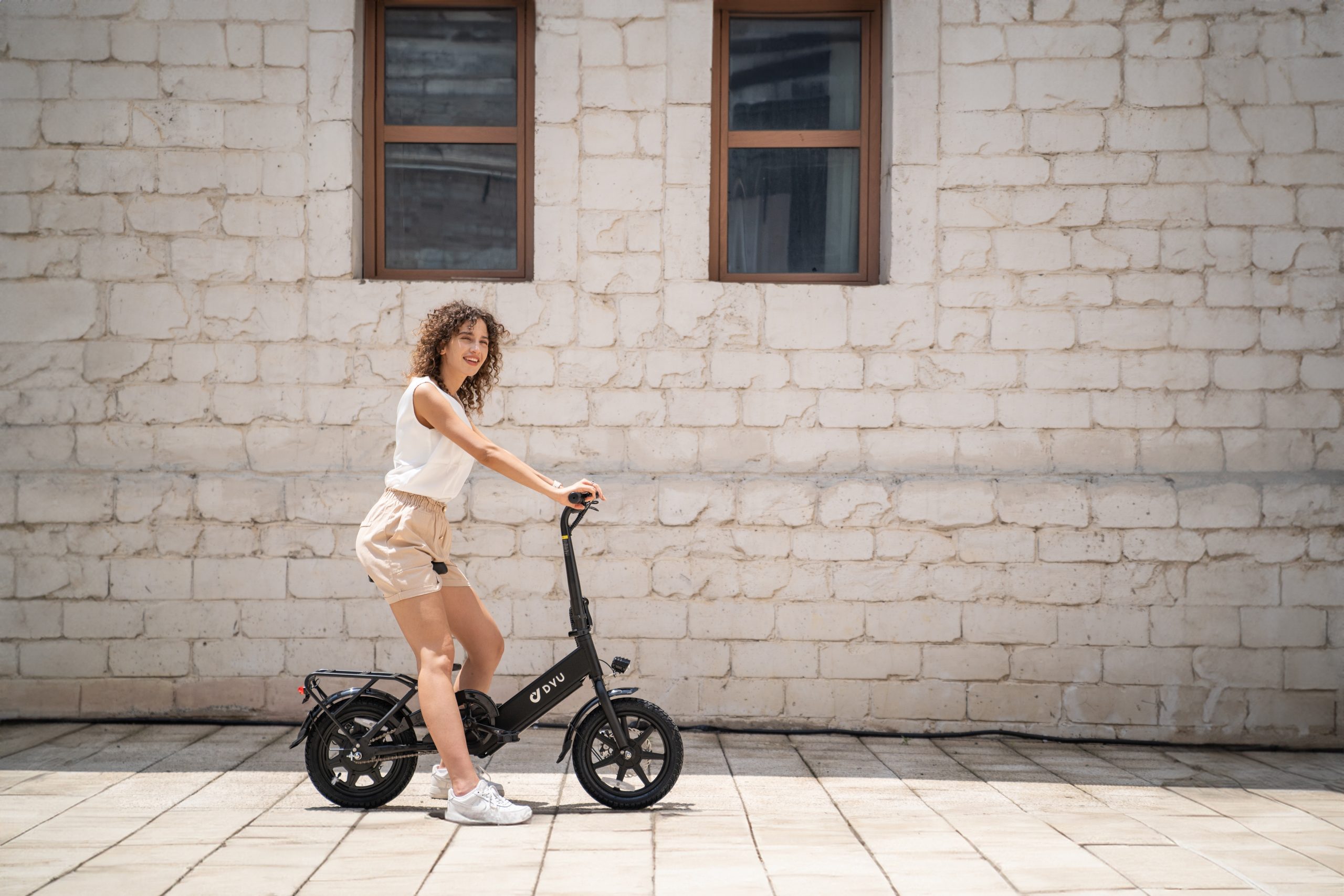
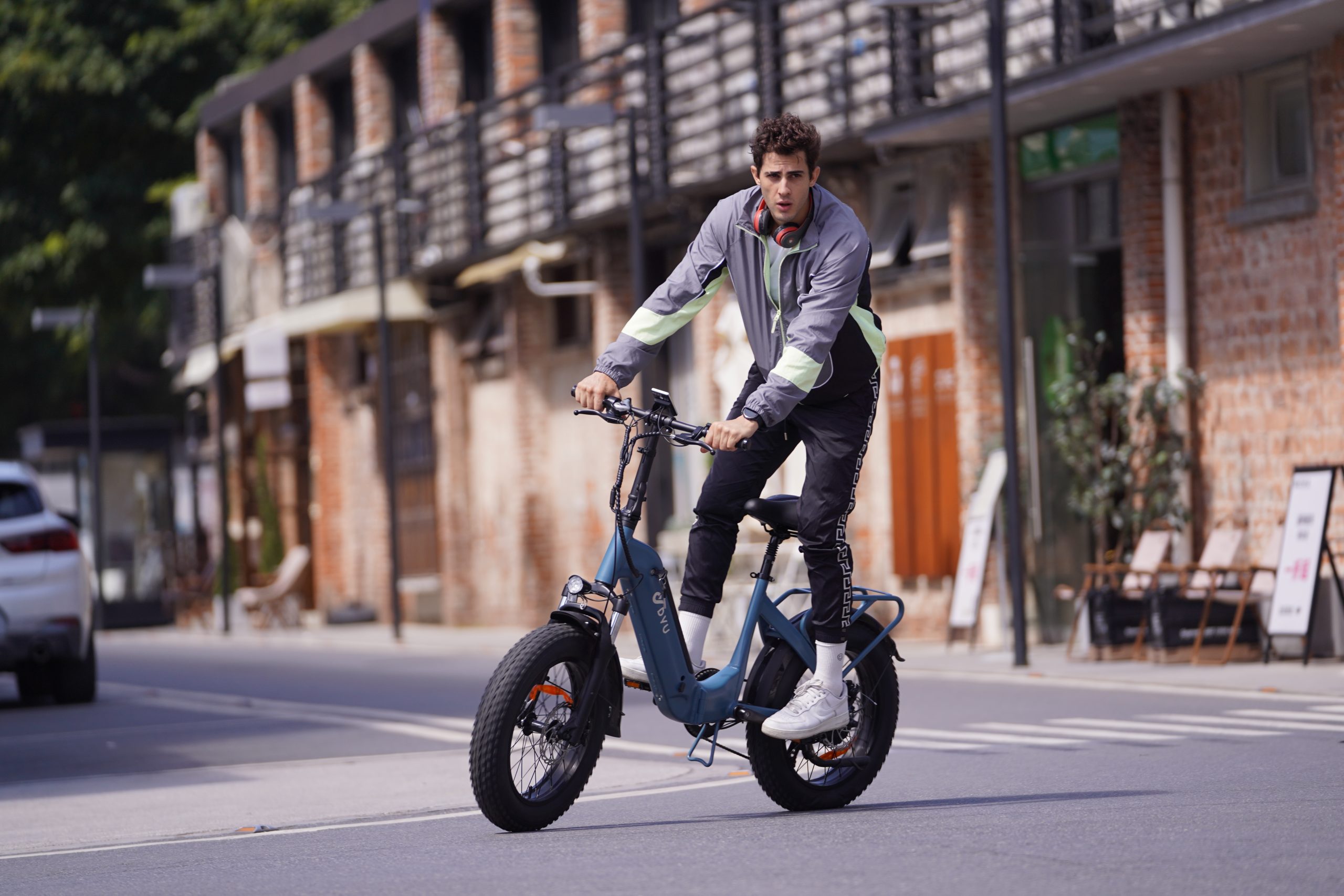

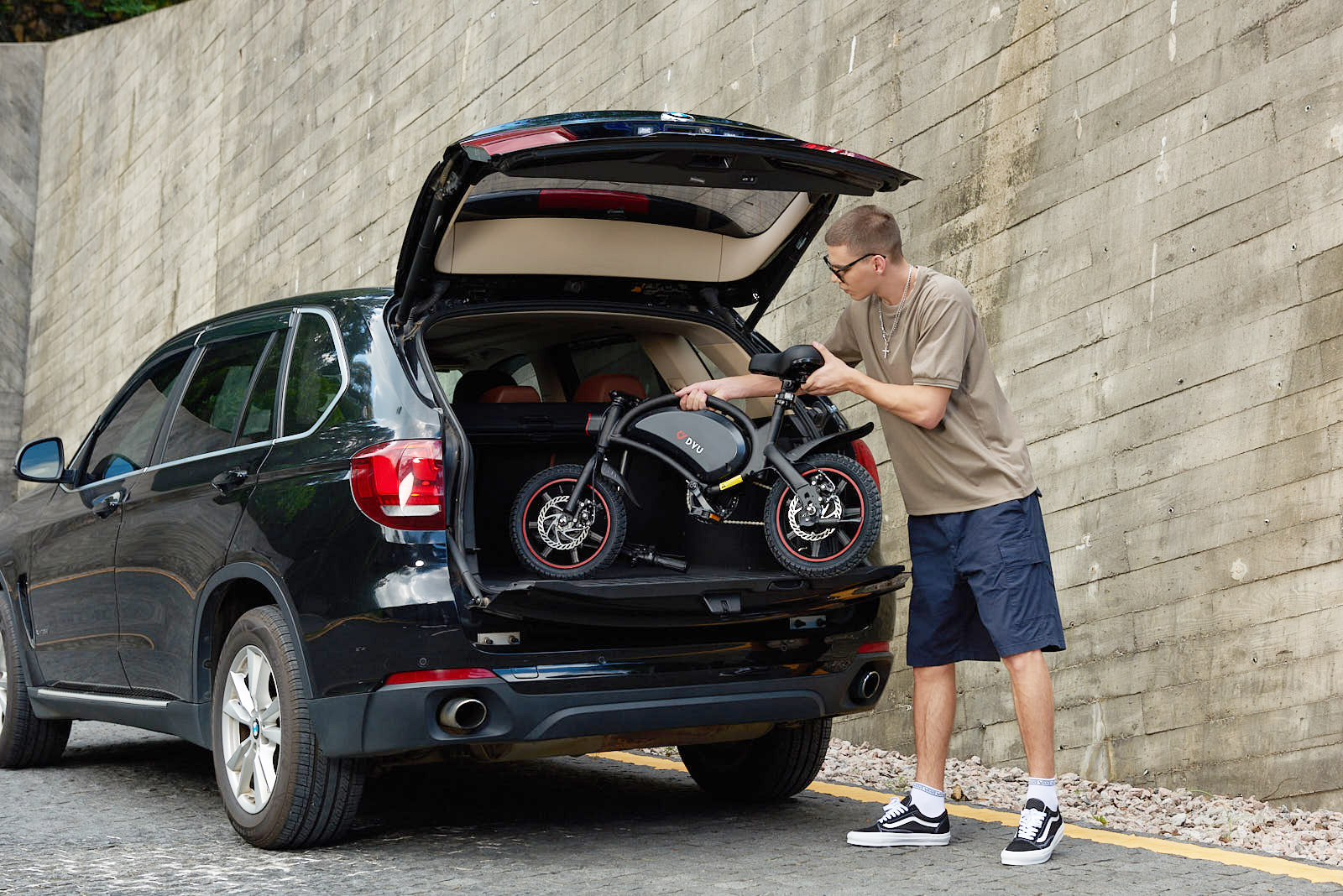

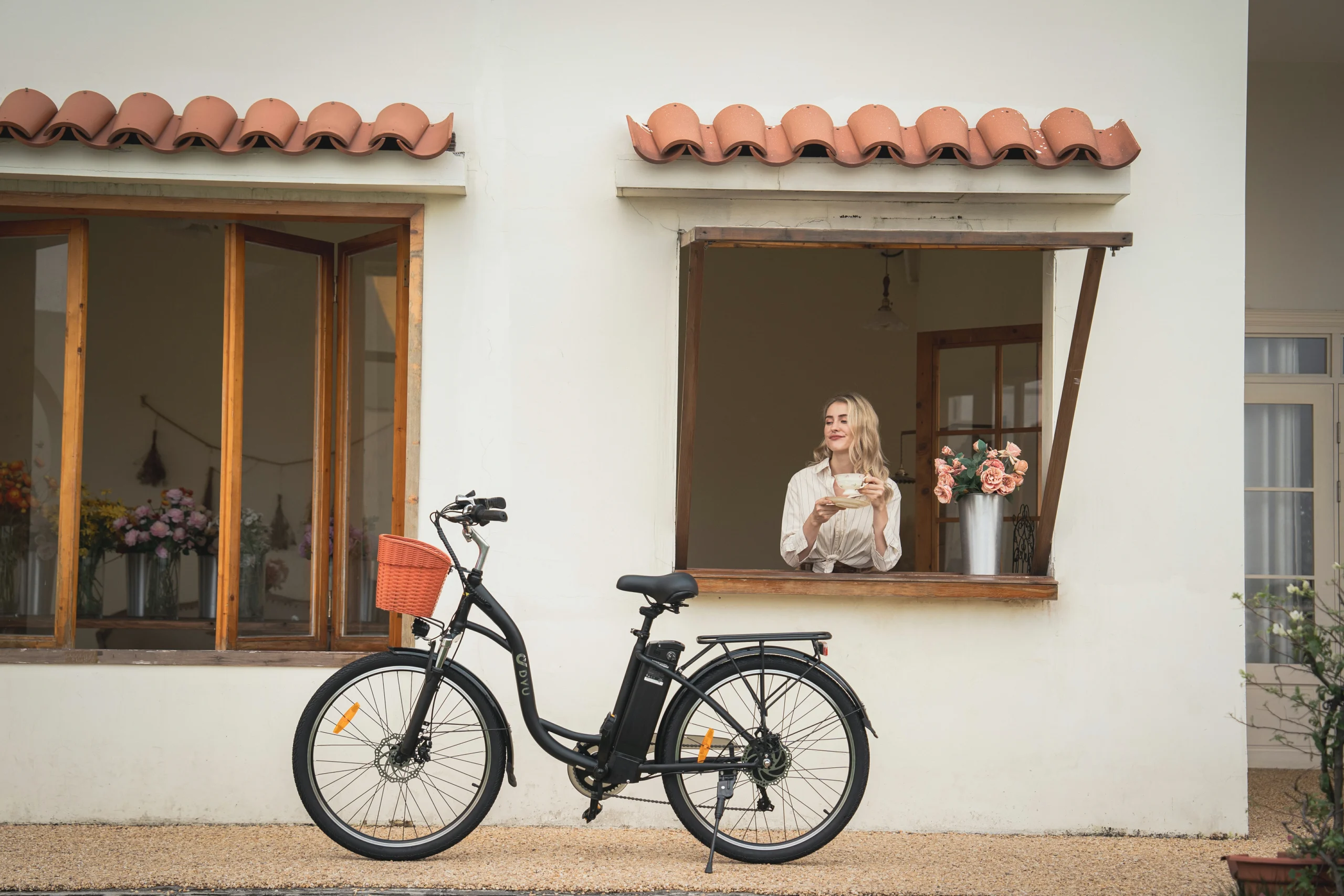
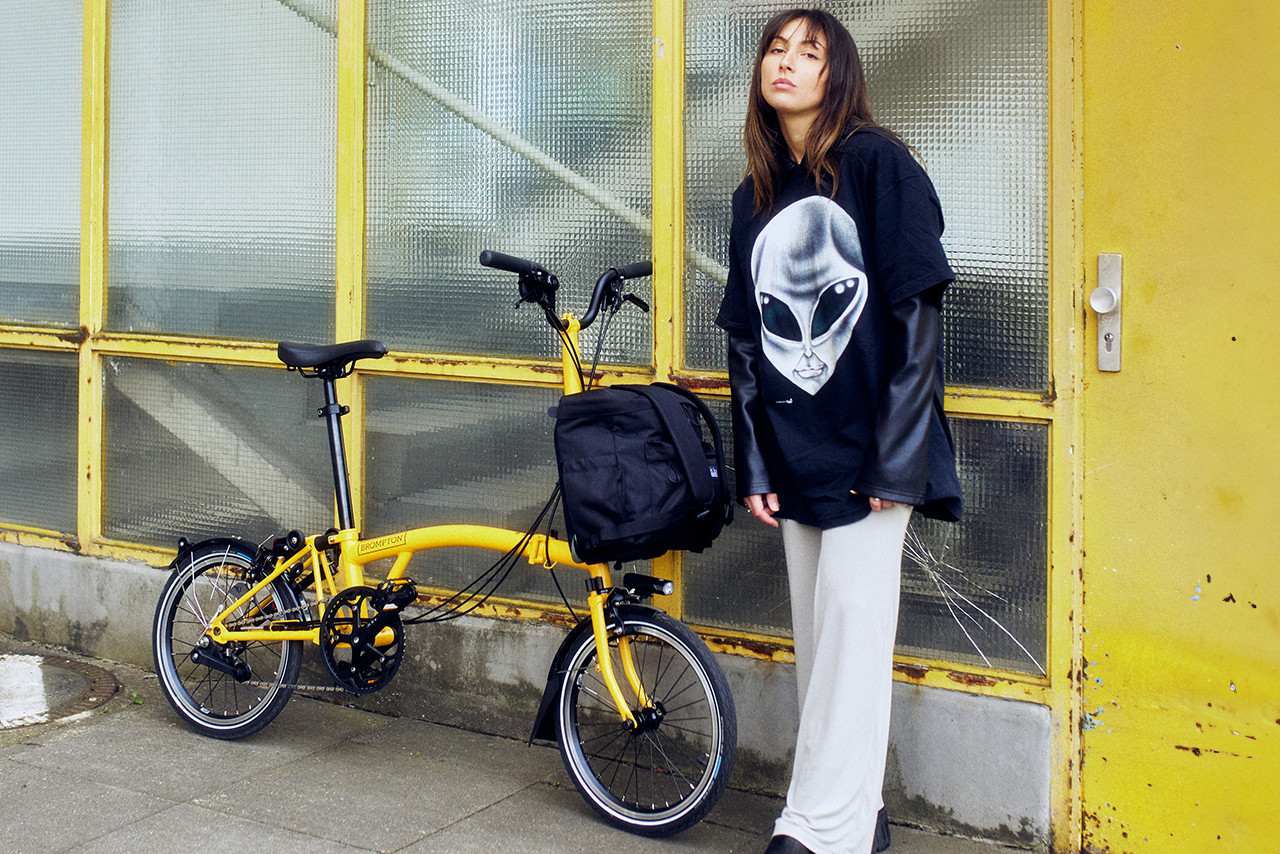
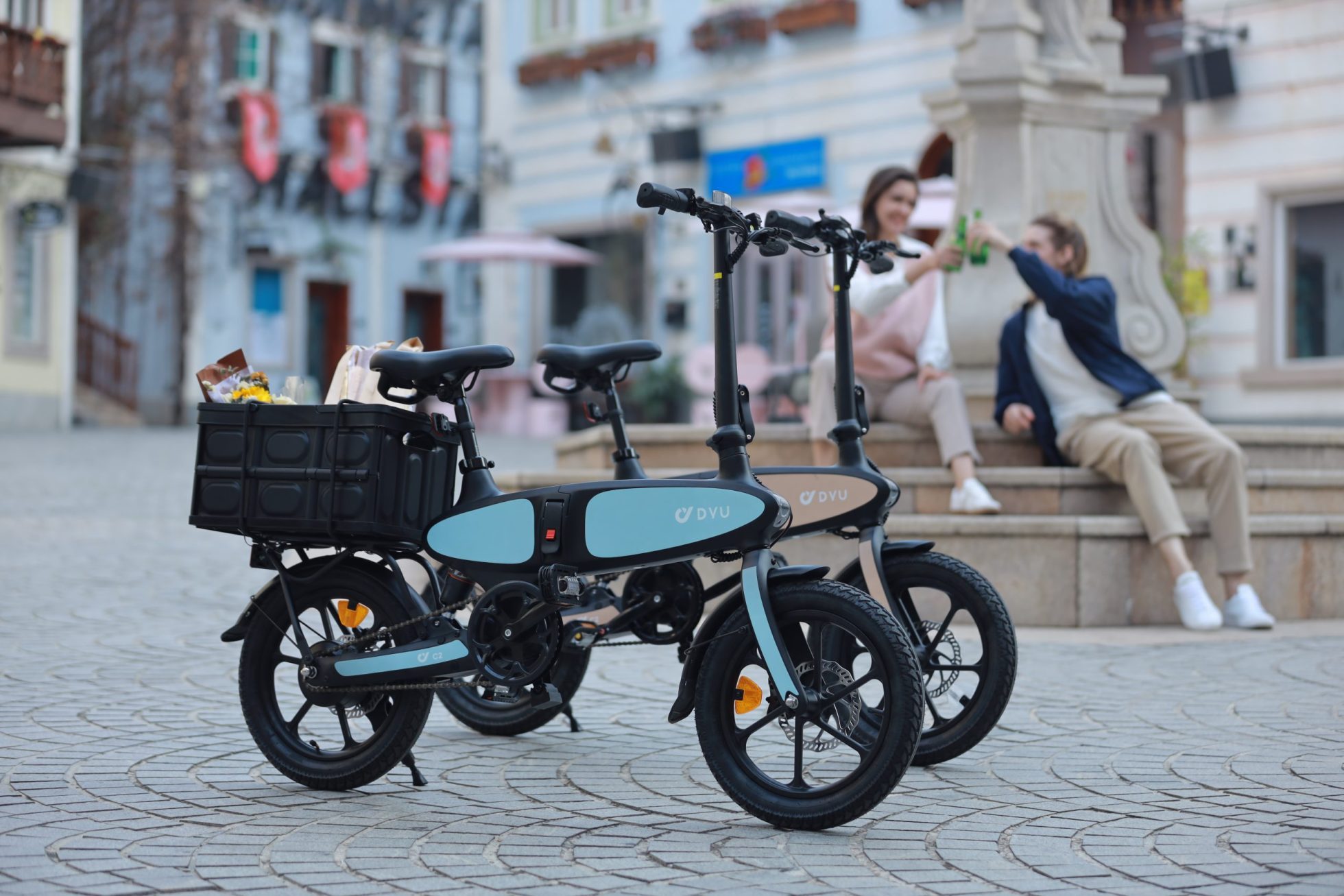
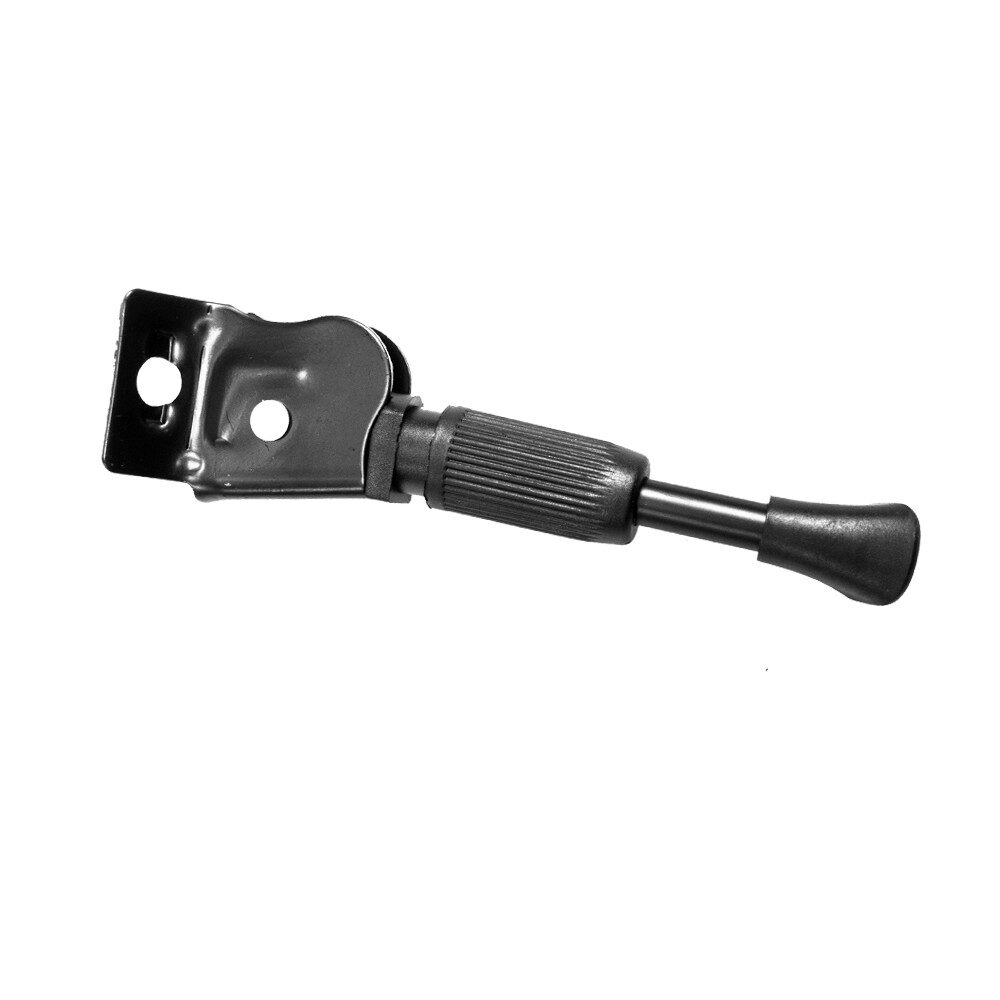

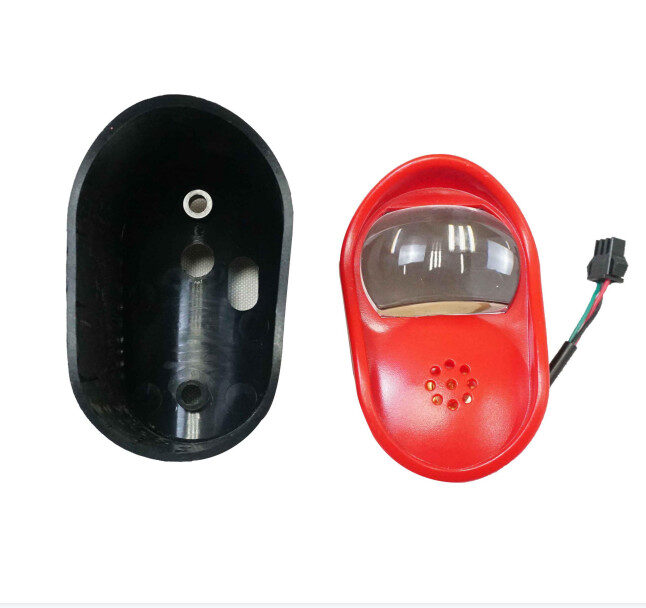
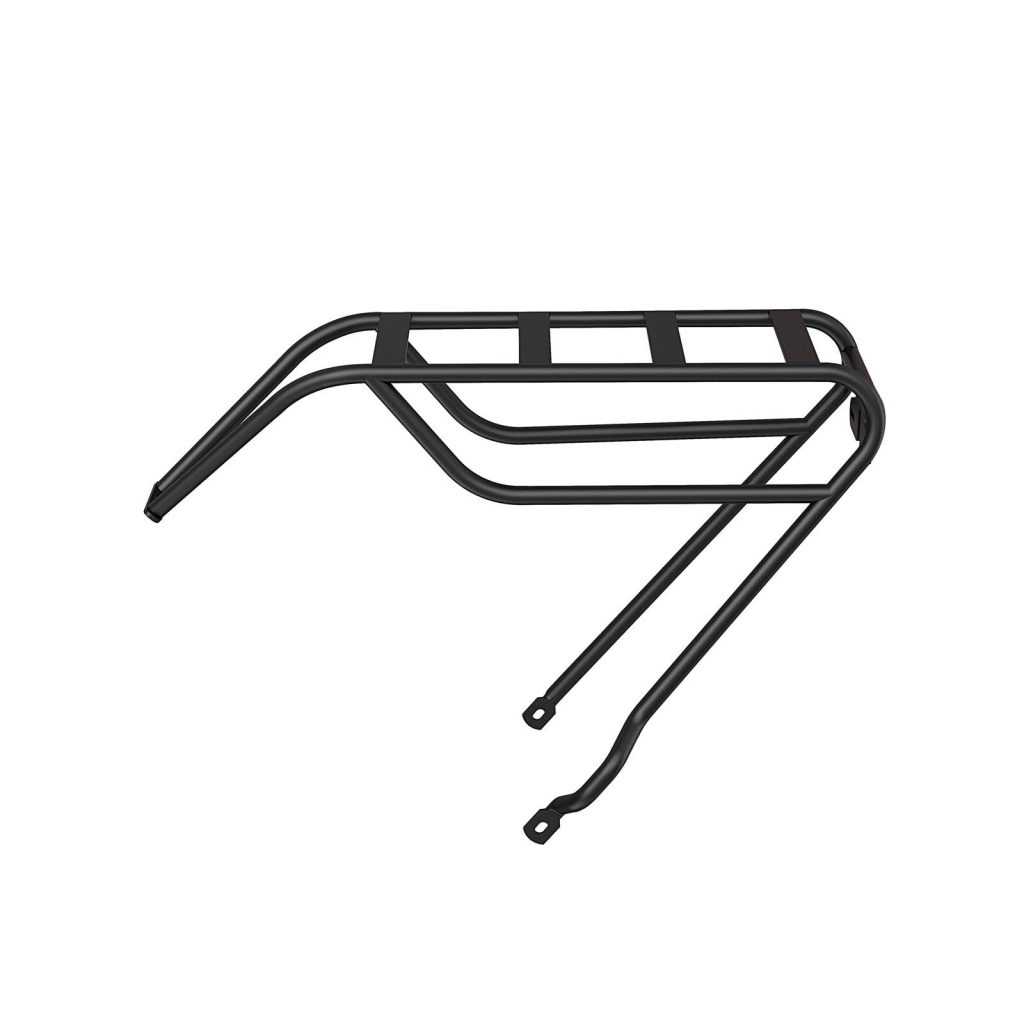
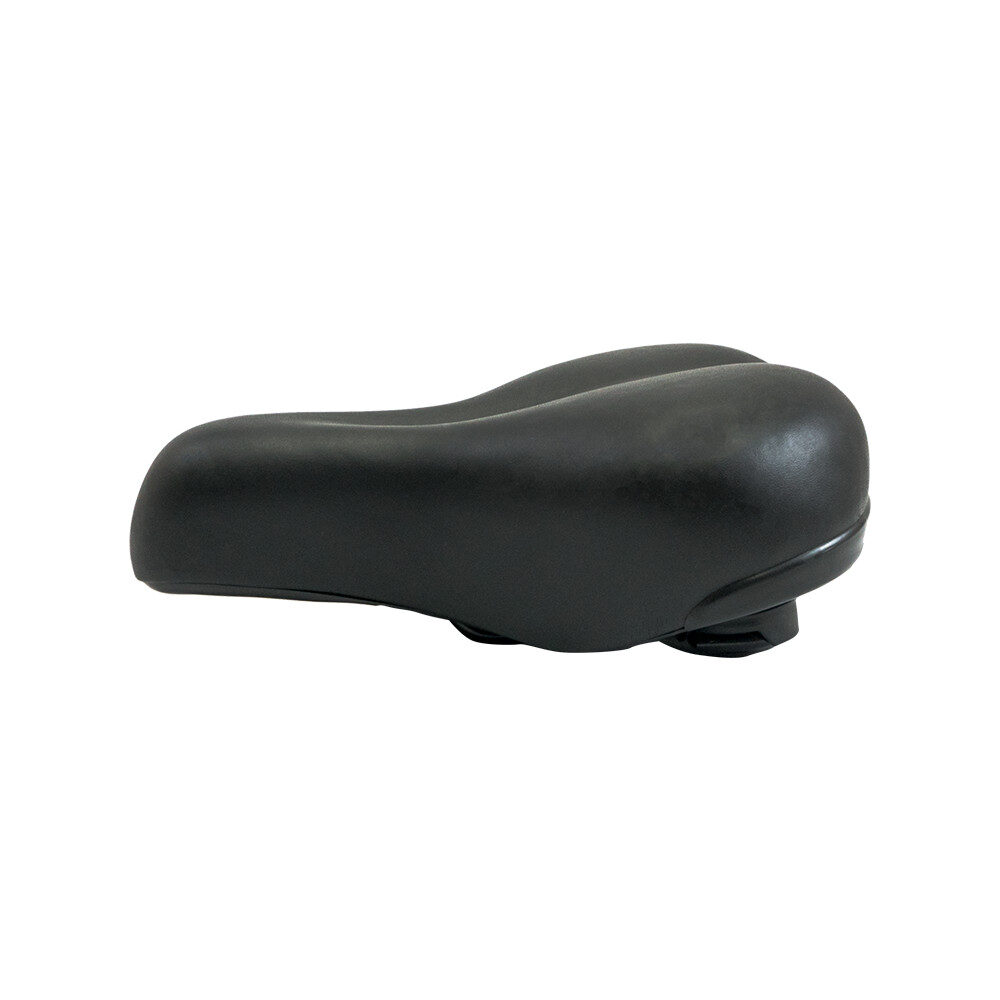

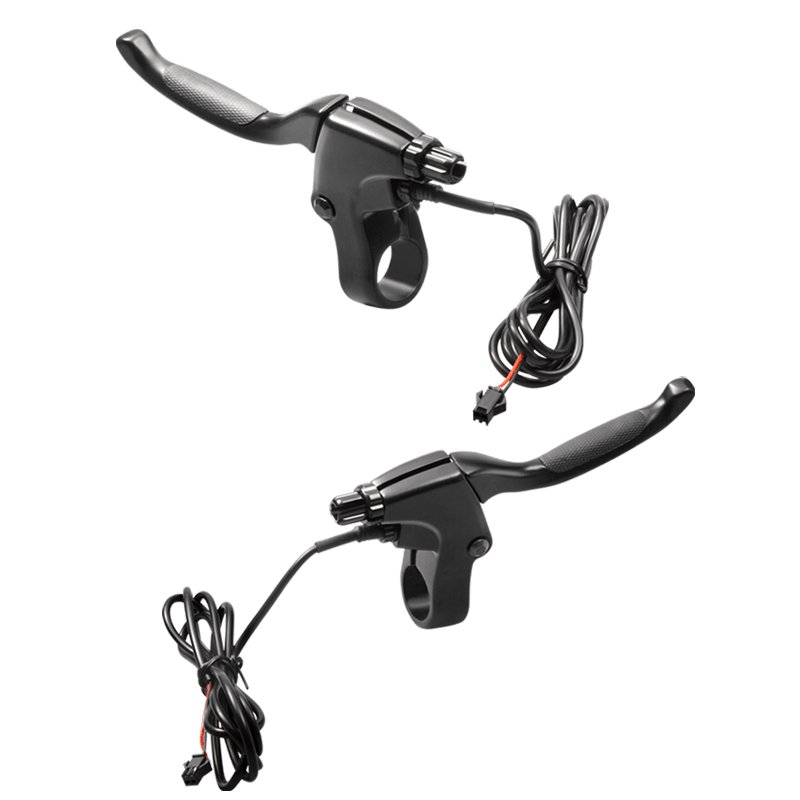
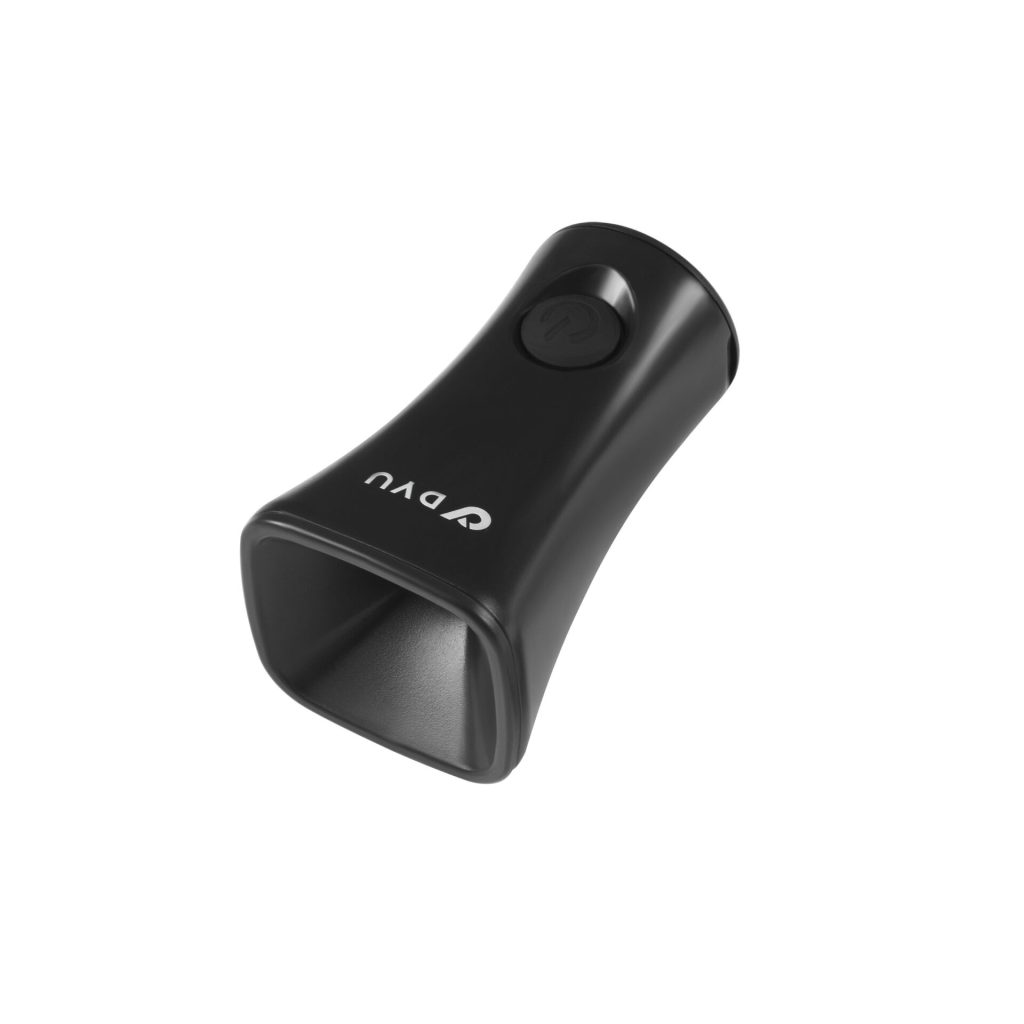





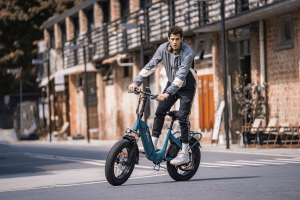
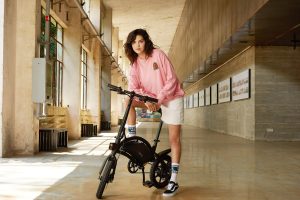

4 comments
Faye
How does DYU manage to keep their e-bikes affordable while still offering good quality?
Daniel Novak
That’s a great question! DYU focuses heavily on in-house design and efficient production. Instead of outsourcing everything, they build many components themselves, which reduces costs without cutting corners. Plus, their minimalist approach helps keep the bikes simple and reliable.
Edgar
Didn’t expect such innovation to come from a student project — impressive!
Daphne
Really enjoyed this story — it’s cool how DYU started from a simple campus idea.